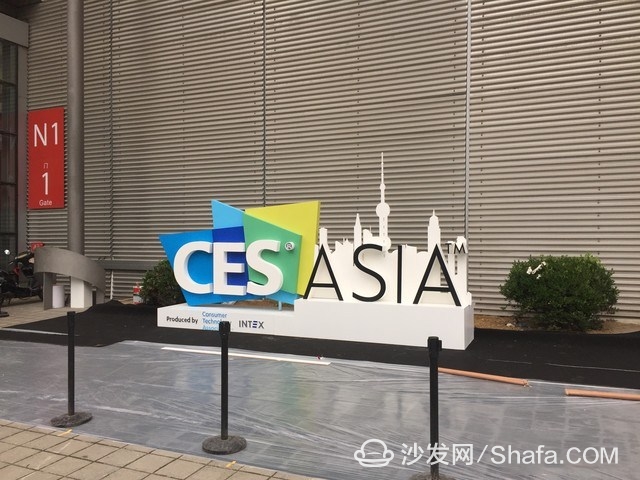
2017 CES Asia held at Shanghai New International Expo Center on June 7 as scheduled
The market determines the direction of technology to a large extent. With consumer upgrades, consumer demand for television products is not just a shadow. Listening to sounds and bargaining is just a matter of money, but it is more and more important for picture quality and core display technology. The picture quality is king. To a certain extent, Quantum Dots and OLED makers must be more in line with the audiovisual experience of consumers based on the core of their image quality enhancement.
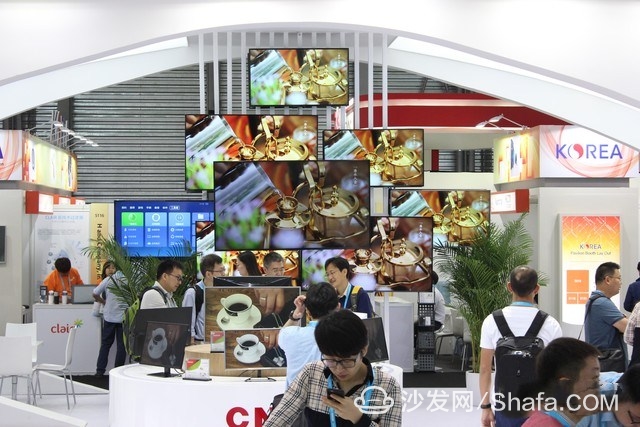
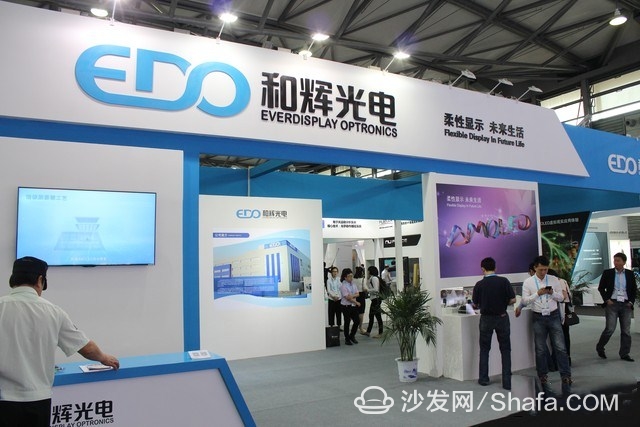
Dedicated to the small size OLED's Hehui Photo booth
Interestingly, at today's CES Asia show, Huihui Technology and Hehui Photonics both developed Quantum Dots and OLED companies. Their booths are actually closely linked together, and their flavors come from nowhere. Among them, Hehui Optoelectronics, which represents OLED's "playing for battle," displayed several new small-size OLED display products. Among the latest flexible OLED screens, besides the color performance, the foldable characteristics and thickness of 0.3mm are enough to make people feel shocked. Yinghui Technology, which is opposed to it, is a bit low-key and only brings its latest cadmium-free quantum dot prototype. However, this must not be a sign of weakness.
Printed OLEDs, photo-induced quantum dots are the future of both
The reason why OLED technology is currently listed as a candidate for next-generation display technology is that it has a completely different display principle than liquid crystal display. Because of the self-illuminating characteristics of each pixel of OLED, it can make the picture more outstanding. With an unmatched contrast ratio of LCD, it can display a true black color. And the corresponding speed is extremely high, and the displayed picture is almost invisible to the naked eye.
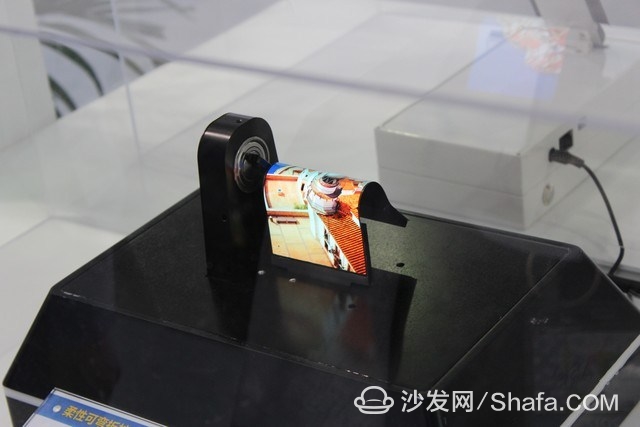
AOLED flexible screen can do horror bending
Based on the self-luminous characteristics of the OLED display technology, the panel itself does not need a backlight source at all, and the structure is simpler, lighter, and slim compared to the liquid crystal panel. Also, OLEDs may not be embedded in glass panels like liquid crystals. Theoretically, they can be attached to any flexible substrate material, such as metal foils or any flexible material, and any physical changes can be made.
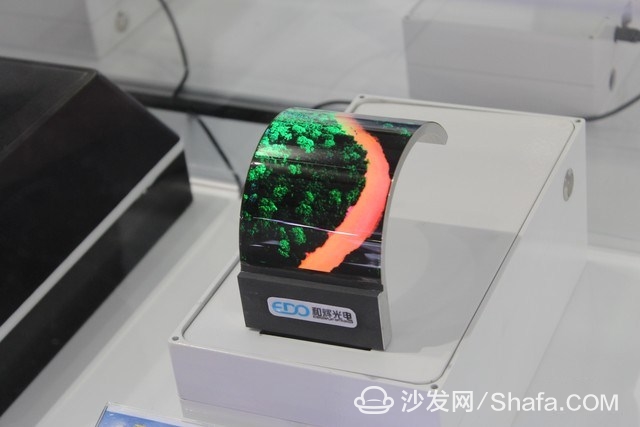
OLED can also achieve the ultimate ultra-thin
However, the current large-size OLED TVs, due to technical indications, have low production capacity, leading to high prices. At present, OLED panel technology uses vapor deposition technology, which has a high cost and a low yield rate, which forces a large number of manufacturers to develop a simpler and lower-cost printing OLED technology. The OLED panel produced by this technology has a longer life, and the manufactured OLED panel does not need a vacuum device, and only saves 90% of the OLED material than the evaporation technology, but at present, only the Japanese JOLED has just developed a small-size printing. OLED panels will take time to reach mass production.
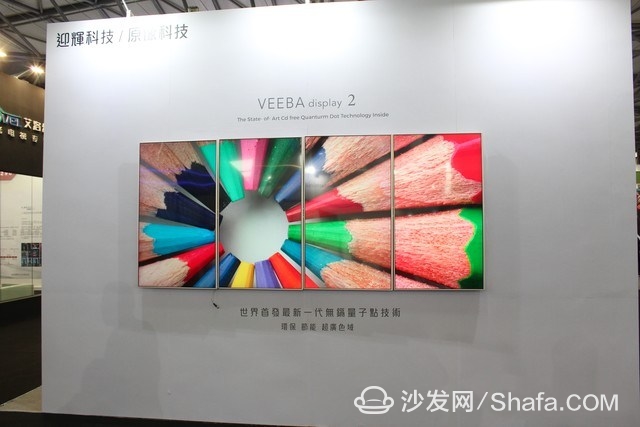
The latest generation of cadmium-free quantum dot technology first introduced in the world
Quantum dots can be said to be the only rivals of OLEDs. Theoretically, quantum dots have electroluminescent properties, and do not require backlight sources. This means that they can also achieve infinite contrast ratios of OLEDs. At the same time, they can achieve or even surpass OLEDs in the color gamut. It also performed better. However, it should be noted that the existing TVs using quantum dot technology are essentially the same as LCD TVs. One of the most important features of OLEDs is the pixel's self-luminescence, so it does not require a backlight panel. However, quantum dot TVs, like LCD TVs, also require backlight panels.
Don't worry, you may not believe that QDs can actually self-illuminate by driving the QDs directly through the dots. In this way, the same OLEDs can produce colorful images without the backlight. Coincidentally, almost at the same time as printed OLEDs, the domestic panel maker BOE took the lead in the development of the world's first point-emitting QLED QD panel. Although it is also a small size, this major breakthrough is enough to make OLED cold.
Is it Q or O? Domestic manufacturers have something to say
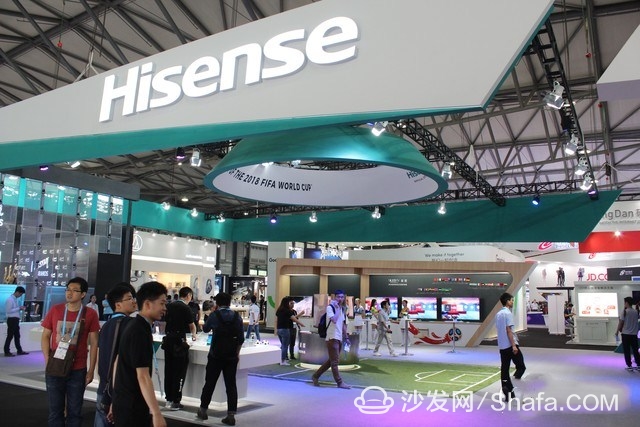
Hisense Brings Flagship Quantum Dot TV Product Series
With such a high brightness brightness, the problem of color dimming with brightness is unavoidable in a liquid crystal television with a backlight. To this end, Hisense TV has precise control of the backlight of the LCD. Each dynamic backlight partition controls the backlight separately, and maintains independent operation. Each frame of the screen can achieve exclusive dynamic backlight partition control and can fully display the details of the screen. It is worth mentioning that Sky TV has 560 spectroscopic partitions, which can be said to have broken the limits of LCD TVs in the past.
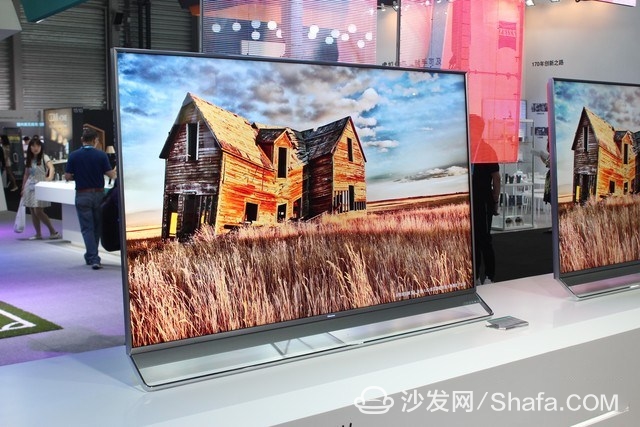
Hisense TV's peak brightness reaches 2200nits NTSC coverage exceeds 120%
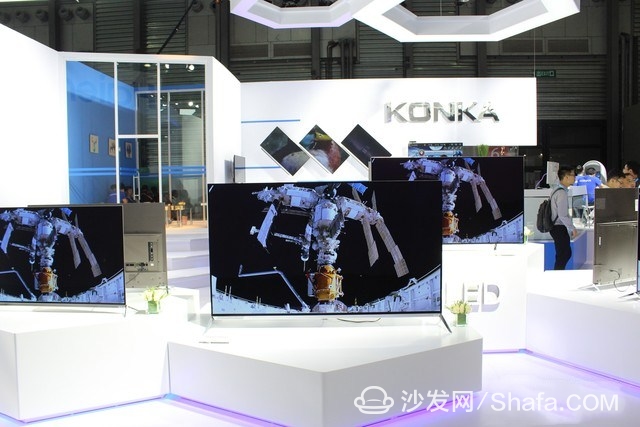
Konka showcases its wide range of OLED TVs
As the world’s first company to join the OLED camp, Konka, in order to better display the quality of the TV display, will also combine HDR and OLED technology, developed a dual HDR technology, that is, high-end HDR screen and HDR chip, not only To better solve problems such as dark scenes and dark fields, and to make the details of the picture clearer. It can be said that in this regard is the pioneer of domestic OLED TV.
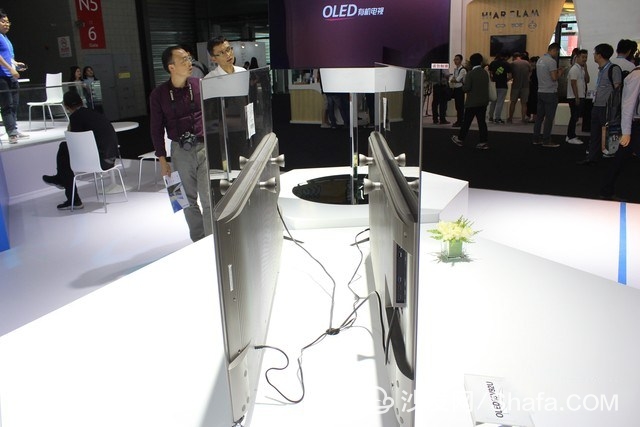
It can be seen that the OLED TV screen can be made thin
Written at the end:
Whether it is a printed OLED or a quantum dot technology of light, in fact, all manufacturers are aware that whoever can achieve better picture quality and lower prices, as well as faster mass production and put into the market, will determine quantum dots, Who can lead the OLED display technology trends, representing the next generation of display technology. Just as LCD replaces CRT that year, we might as well be a spectator. We don't have to oversee the team. What we end up with may not be the best, but it must be the most appropriate.
Smart TV/box information can focus on smart TV information network sofa butler (http://), China's influential TV box and smart TV website, providing information, communication, etc. on TV boxes, smart TVs, smart TV software, etc. Answering questions.
Automotive Pressure Sensor,Pressure Sensor,Air Pressure Sensor,Gas Pressure Sensor
Shenzhen Ever-smart Sensor Technology Co., LTD , https://www.fluhandy.com
